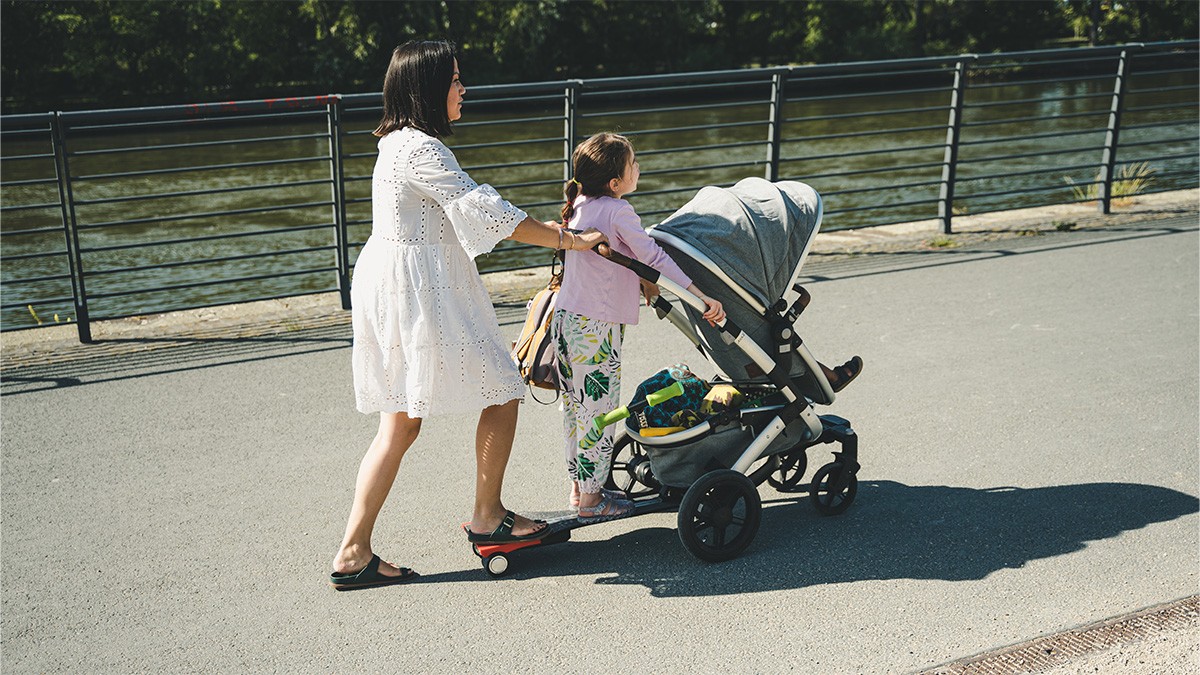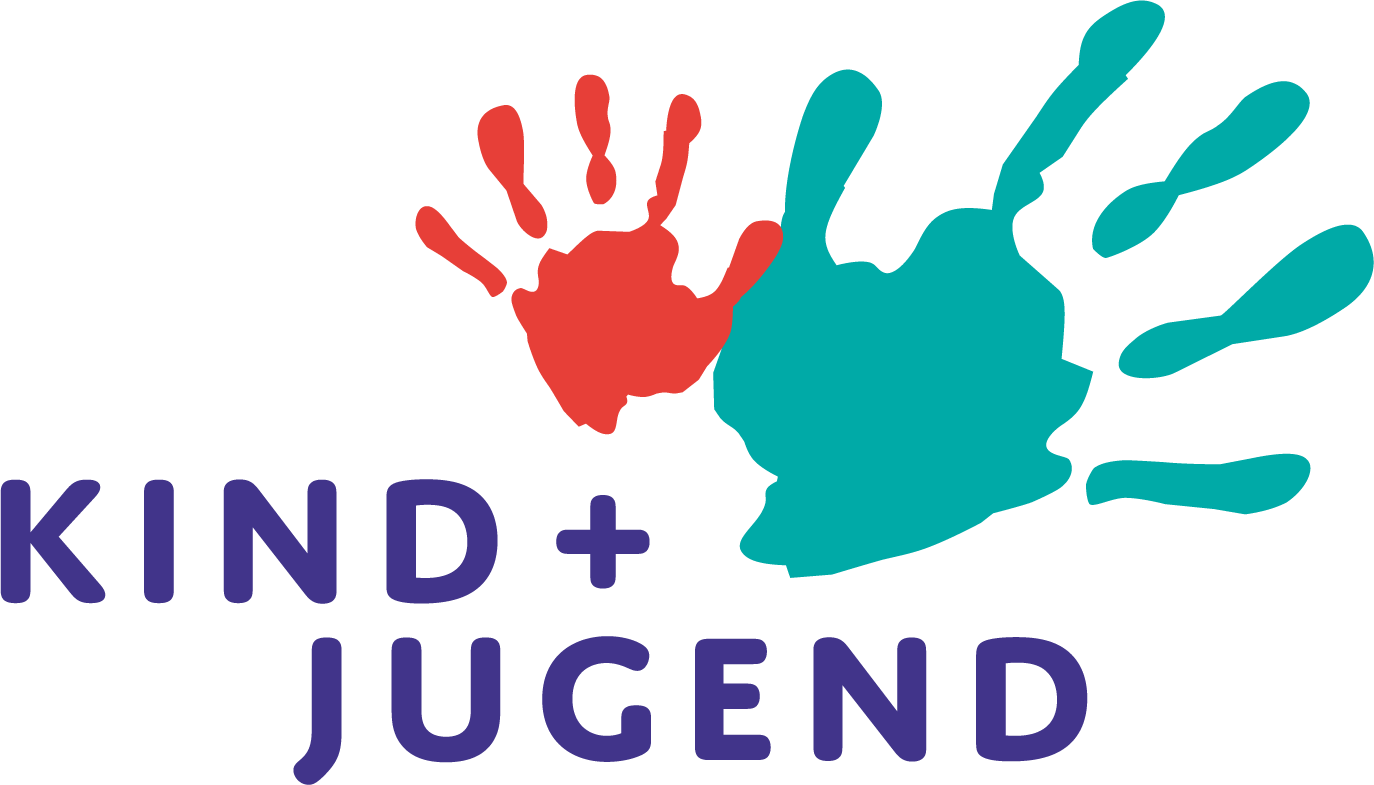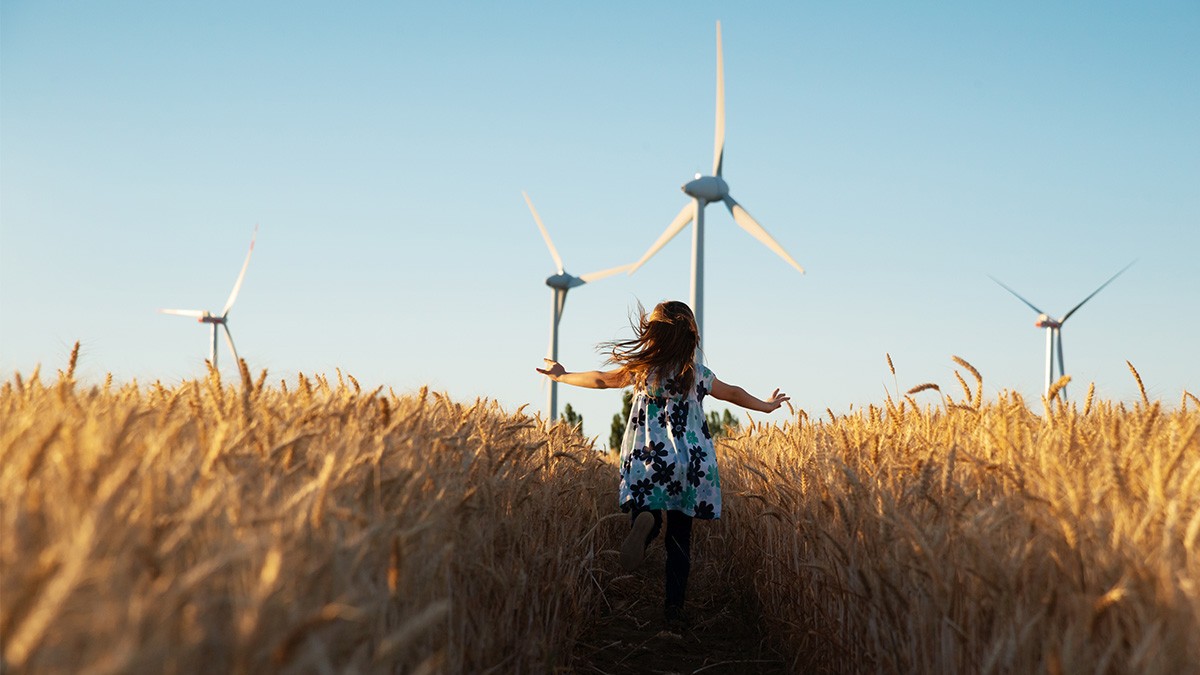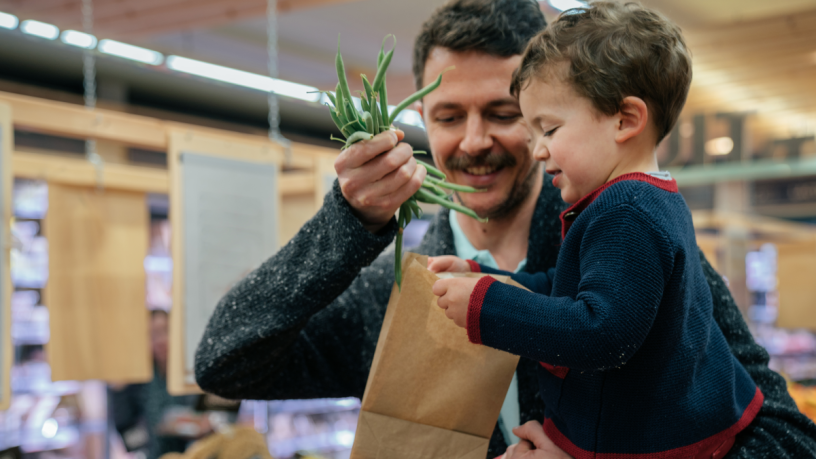New Sustainable Materials that Surprise
Renewable raw materials for clothing and children's rooms
Instead of plastic, many companies are increasingly relying on the use of naturally occurring and renewable raw materials. These include organic cotton, bamboo and wood.
Organic cotton is grown using natural fertilizers and pesticides and is particularly soft and kind to the skin. It is often used for baby and children's clothing as well as products related to baby sleep - such as the 100% compostable baby sleeping bag C2C-Mäxchen® from ALVI.
Due to its enormous growth rate, bamboo can be used for a variety of areas without endangering the stock. Its flexible material properties ensure durable products such as children's tableware or furniture.
Wood is also a popular material for children's rooms in the form of toys and furniture. The processing of the raw material requires little energy and it can be easily recycled. Companies like Arthur Berndt also rely exclusively on wood from sustainable and certified forestry operations in Europe and use wood residues to heat their company buildings in a climate-neutral manner.
Jens Kerschling
CEO of Arthur Berndt Möbelfabrik GmbH
Bio-renewable material for pacifiers
It is hard to imagine the production of baby and children's products and many other areas without plastic – but it is usually a material that is harmful to health and difficult to recycle. There are many alternatives made from bio-renewable raw materials, including bio-circular polypropylene (PP for short). For example, a large part of the pacifier range from MAM Babyartikel is now made from bio-circular PP and impresses with robust and durable properties that are equal to those of the previously used fossil-based PP. Thanks to the safe and environmentally friendly material, the carbon footprint of the products can be significantly reduced, thus contributing to climate protection.
Jochem Neijssen
CEO of MAM Babyartikel GmbH

Climate-neutral pacifiers are the future thanks to new sustainable materials. (Image: MAM Babyartikel GmbH)
Longevity as the primary goal
Conservation of resources and freedom from harmful substances are not the only criteria that the materials used for baby and children's outfitting and equipment should fulfill nowadays. A desired longevity for the products also plays a major role in the choice of raw materials. In addition to bio-circular polypropylene, materials such as silicone also exhibit extremely robust properties that are suitable for long-term use. Silicone is mainly used for pacifiers and bottle teats due to its soft durability and tear resistance. However, materials such as bamboo and lyocell, a cellulose fiber derived from natural raw materials, will also be increasingly used in the future to produce strollers and children's car seats, which are designed to "grow" with the child from birth to kindergarten age.
From natural resources such as wood and bamboo to bio-renewable raw materials and further alternatives to conventional plastic – the materials used for various baby and children's products are in a constant state of flux. It remains to be seen which materials will prevail in the coming years and change the market in the long term – and, of course, which revolutionary materials still await us in the future.




